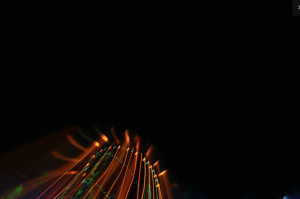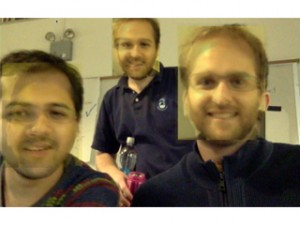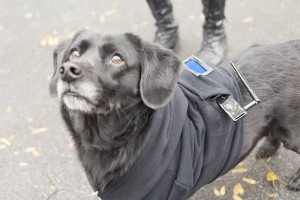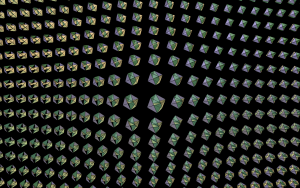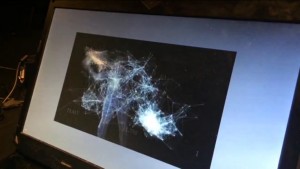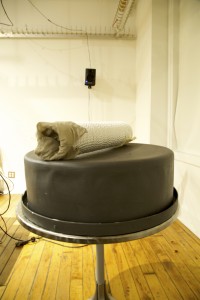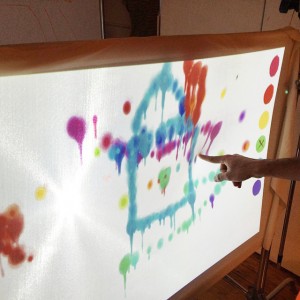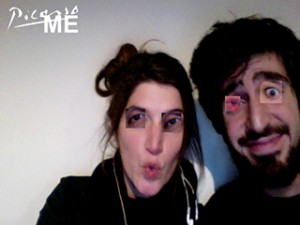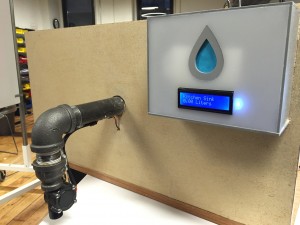Changyeon Lee
"Spiritual Ritual by Physical Computing, For You, the Bell Tolls." Whisper your sadness to this bell, and the bell will toll for you.
http://www.changyeonlee.com/physical-computing/2014/10/21/introduction-to-physical-computing-final-project-ideation
Description
I am currently working on an Interactive Asian temple bell to try to console people who are suffering from the sadness. Using Physical Computing, Processing and SuperCollider(Sound programming language), the interactive Asian temple bell will generate personalized bell sound with distorting voice and visuals based on each participant's voice. I hope this interactive spiritual behavior of 'bell-striking' and personalized bell sound can console people’s sadness from loss or anxiety, as a 'healing process'.
*Audience's participation process would be
1) whisper to the bell about her or his personal sadness
2) Strike the bell three times
3) Listen to the three different sounds from the bell(Considering interactive graphical projection responding to the sounds)
*Current Status
– Prototyping for the Physical Computing class final presentation is completed(December 3, 2014). Documentation for the project will be updated on my ITP Blog Website by this Friday(December 5, 2014. @ http://www.changyeonlee.com/physical-computing/2014/10/21/introduction-to-physical-computing-final-project-ideation)
– Bell's design and fabrication would be developed(size of the bell would be adjusted to the Winter Show's venue condition)
* Format
– Physical installation of Asian Temple Bell figure + Bell Striking Stick(reference images are on my ITP blog as above)
Classes
Introduction to Physical Computing, Introduction to Computational Media

